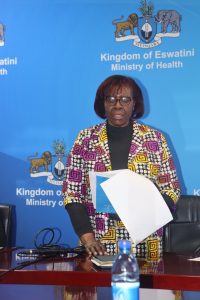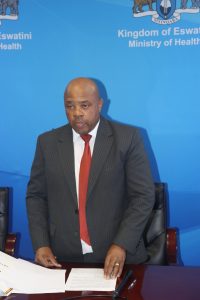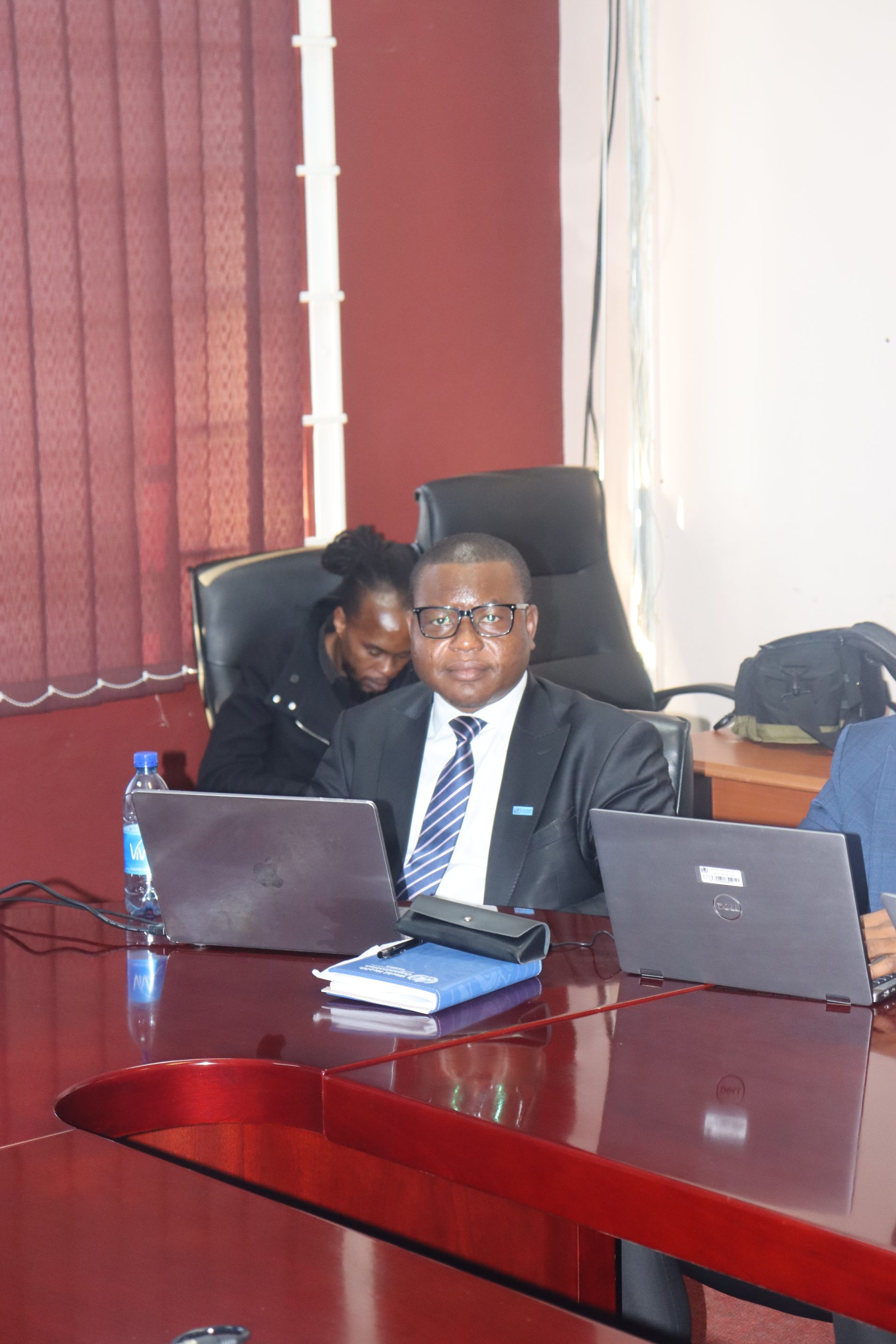by Ncaba Ntshakala
THE Kingdom of Eswatini faces an acute shortage of health practitioners and the situation is anticipated to increase in the coming years.
This is according to Dr. James Asamani who has sounded the alarm on Eswatini’s impending health worker crisis, revealing that the Kingdom required at least 20,272 health workers in 2022.
However, the available workforce was 10,531 short, creating a substantial gap in the country’s healthcare system.
This warning came as Dr. Asamani presented the findings of the Health Labour Market Analysis Report, emphasizing the dire need for strategic intervention to address the shortage.
ALSO READ: The TLC’s three years oxygen plant transforms healthcare
The analysis was done by government in partnership with the World Health Organization. Dr. Asamani projected that if current trends continue, Eswatini will require 26,563 health workers by 2032, leaving the nation with a staggering gap of 14,125 health professionals.
The analysis indicates that despite the country’s training capacity, only 12,438 health workers are likely to be available by 2032.
Present at the report’s launch were Minister of Health Mduduzi Matsebula, World Health Organization (WHO) Country Representative Dr. Susan Tembo, and other key officials.
Minister Matsebula highlighted the report’s importance in shaping the new Human Resources for Health (HRH) Strategy.

He stated, “The main objective of an HRH Strategy is to ensure availability of health workers in sufficient quantity and quality at professional and technical levels, at the right place, at the right time, and well-motivated to perform their functions.”
The Minister explained that the Ministry of Health, in collaboration with the WHO and various stakeholders, had embarked on a journey to understand the current workforce challenges.
This initiative aims to inform the development of the next HRH strategy, aligning efforts across different sectors.
“The findings from the study indicate that to meet the country’s population health needs, the health sector requires an additional 10,531 health workers,” Minister Matsebula noted.
ALSO READ:
He warned that without intervention, this shortfall would increase to 14,125 by 2032.
Dr. Asamani highlighted the potential for the private sector to play a significant role in mitigating this gap.
Currently, the private sector contributes about 29% of health employment, but there is potential for this to expand to 40%.
This expansion could significantly alleviate the public sector’s burden and improve healthcare delivery across the nation.

The report also brought to light the troubling issue of unemployment among qualified health workers in Eswatini, with over 900 health professionals currently jobless.
Additionally, the country is experiencing a brain drain, with approximately 41% of the health workforce intending to migrate abroad.
This outflow of experienced and specialized health workers exacerbates the already critical shortage.
In response, the government plans to implement mechanisms to retain health professionals and ensure their equitable distribution across the country’s health facilities.
This comprehensive approach is said to address the immediate needs while setting the stage for long-term solutions.
WHO Country Representative Dr. Susan Tembo emphasized the need for a unified effort to strengthen the health workforce.
ALSO READ: Undeclared fictitious account at Ministry of Health
She called for increased domestic funding, resource mobilization among stakeholders, and enhanced governance and regulation to bolster the capacity of health professionals.
“I therefore call on policymakers, the Ministry of Health, government ministries, development partners, the private sector, and all stakeholders to join the investment efforts for strengthening the health workforce for attainment of Universal Health Coverage (UHC),” Dr. Tembo urged.
Hiring freeze added strain to Eswatini’s suffering health sector

Dr. James Asamani has highlighted a significant strain on Eswatini’s health sector due to the hiring freeze, where he emphasized the urgent need for at least 16,000 health workers on the government payroll by 2032.
When speaking at the presentation of the Health Labour Market Analysis Report, Dr. Asamani noted that the current government payroll includes only about 7,000 health workers, leaving a substantial gap that needs to be addressed urgently.
Dr. Asamani explained, “To put it in context, there are about 7,000-plus health workers currently on the government payroll. However, there are also 900-plus qualified health workers who are unemployed.
ALSO READ: Ministry of Health is reckless, embarrassing – MPs
The real challenge stems from Circular No. 3 of 2018, which was implemented as a measure to manage the government’s wage bill.
This circular effectively placed a net freeze on expanding the wage bill, severely limiting the ability to hire additional health workers.”
It was highlighted that the hiring freeze, introduced as a fiscal measure to control government spending, has inadvertently exacerbated the already critical shortage of health workers in the country.
The freeze has not only prevented the recruitment of new health professionals but has also hindered the retention of existing staff, leading to increased workloads and burnout among those currently employed.


